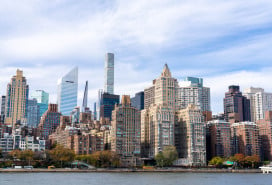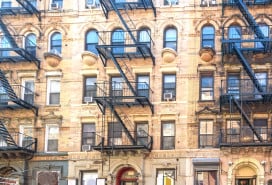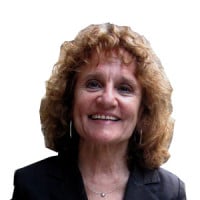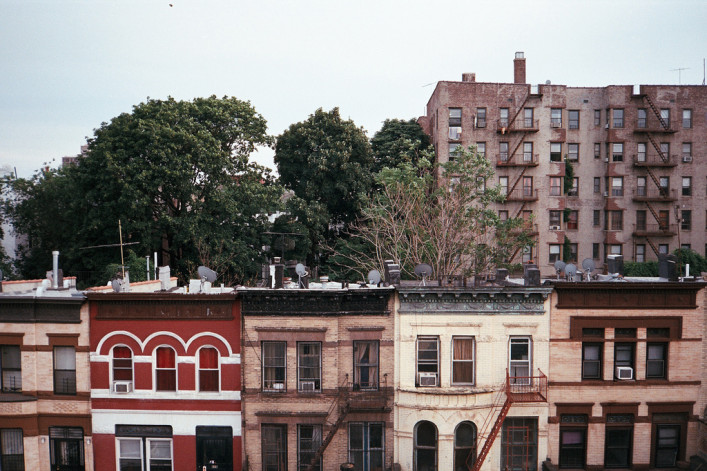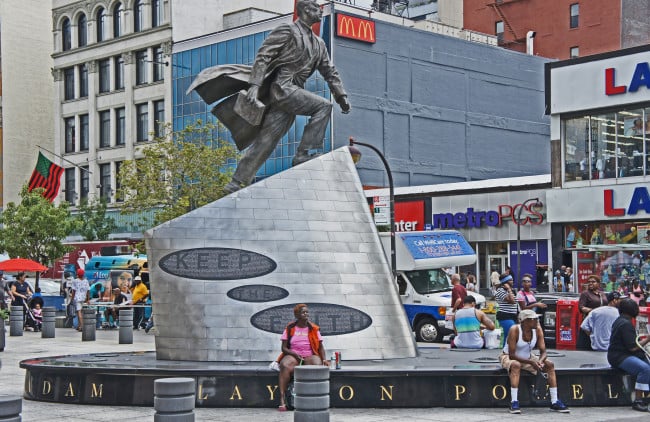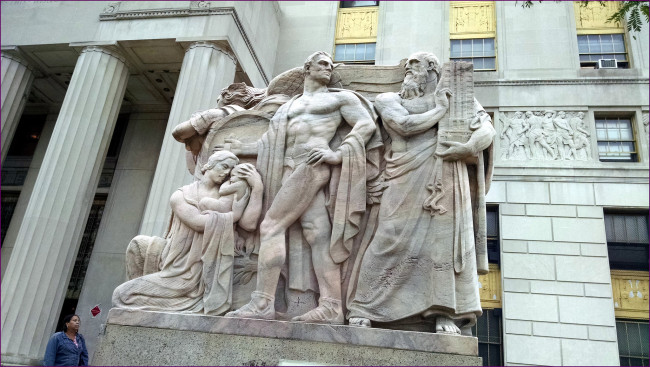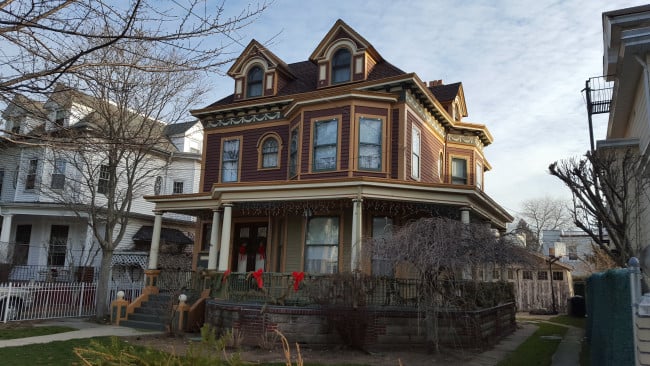Crown Heights: The insider's guide to living there
The population of Crown Heights has fluctuated a lot since the Weeksville days. According to the most recent census, about 74 percent of the population is Black, and many residents are recent arrivals from the Caribbean. Suzanne Spellen, a writer and historian who lives in Crown Heights and is an expert on its history, describes it as an area that is “shared by Caribbean Americans, a growing number of hipster renters, and a large and growing Lubavitch ultra-Orthodox Jewish community.”
It was the lower-income section of the neighborhood to the east that was hit the hardest by Covid.
[Editor's note: An earlier version of this post was published in June 2018. We are presenting it again with updated information for June 2021.]
Eastern Parkway, a three-mile-long, tree-lined boulevard designed by Frederick Law Olmsted, divides the neighborhood into northern and southern sections. The neighborhood's main commercial streets are Nostrand, Kingston, and Franklin avenues. Nostrand has a West Indian vibe. Kingston has the stores, shuls, and schools that serve the Hasidic Jewish community. And Franklin is the street that displays the most obvious signs of gentrification with cafes, yoga studios, and organic grocery stores among butcher shops, fried chicken take-out spots and bodegas. Stores on Franklin and Nostrand took a hit during Covid but most of the places that closed during the lockdown are back.
“There are even a few new ones,” according to Rebecca Chasan, who lives in the neighborhood with her family.
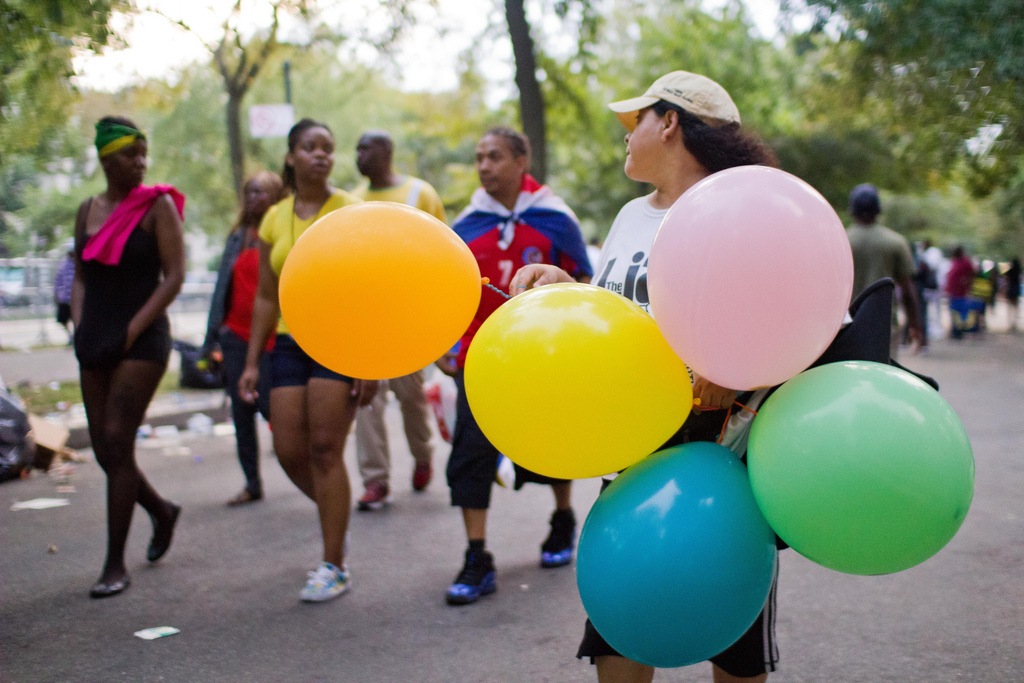
The housing stock here is a mix of low-rise, multi-family apartment buildings and includes some of the city’s most imposing standalone mansions.
“At one point at the turn of the 20th century, the St. Marks District [St. Marks Avenue between Kingston and Rogers avenues] had more millionaires than any other part of Brooklyn, including Brooklyn Heights, Park Slope, and Clinton Hill,” according to Spellen. “Ninety percent of the mansions were torn down, most between 1925-30, and replaced with large, middle-class elevator buildings with classic six apartments.”
When it comes to cultural destinations, Crown Heights has a lot going for it: Brooklyn Museum, the Brooklyn Botanic Garden, the Brooklyn Children’s Museum, The Jewish Children’s Museum, Prospect Park, and the main Brooklyn Public Library location are all in the neighborhood or just steps outside of it.
Gary Kaufman bought his house in Crown Heights two years ago. He and his family had been living nearby in Prospect Heights for nine years.
“I think Crown Heights is one of the most truly diverse neighborhoods in the city, and I like that every kind of person lives here. There are always new restaurants and other establishments popping up and I’m looking forward to trying a few now that we are working our way out from the pandemic. We have been through a dark time, but you can really feel that we are emerging from it,” he says.
Boundaries: Washington Avenue to the west, Atlantic Avenue to the north, Ralph Avenue to the east, and Empire Boulevard to the south
Average rent: $1,888
Average sales price: $1,190, 000
For more information, we talked to locals about what there is to do, where they go to eat, and how they get around. Here's what they had to say.
The transit situation
“I work in Chinatown and take the 4 to the 6 or Q. It takes me 45 minutes door to door.” —Saskia Batteau, rents
“The best way to get around? My bike.” —Kayla Radomski, manager at Jewel City Yoga
“I use my bike, even to get into Manhattan.” —Megan Lajoie, rents
“Public transportation in our part of Crown Heights is great. We’re three blocks from the 2, 3, 4, and 5, and there are plenty of buses. And they’re all much less crowded and obnoxious than in Manhattan.” —Anonymous, owns
"Traveling between some Brooklyn neighborhoods by public transportation can be tricky. For example, there’s no way to get to South Park Slope or Ditmas [Park] without backtracking.” —Rebecca Chasan, owns
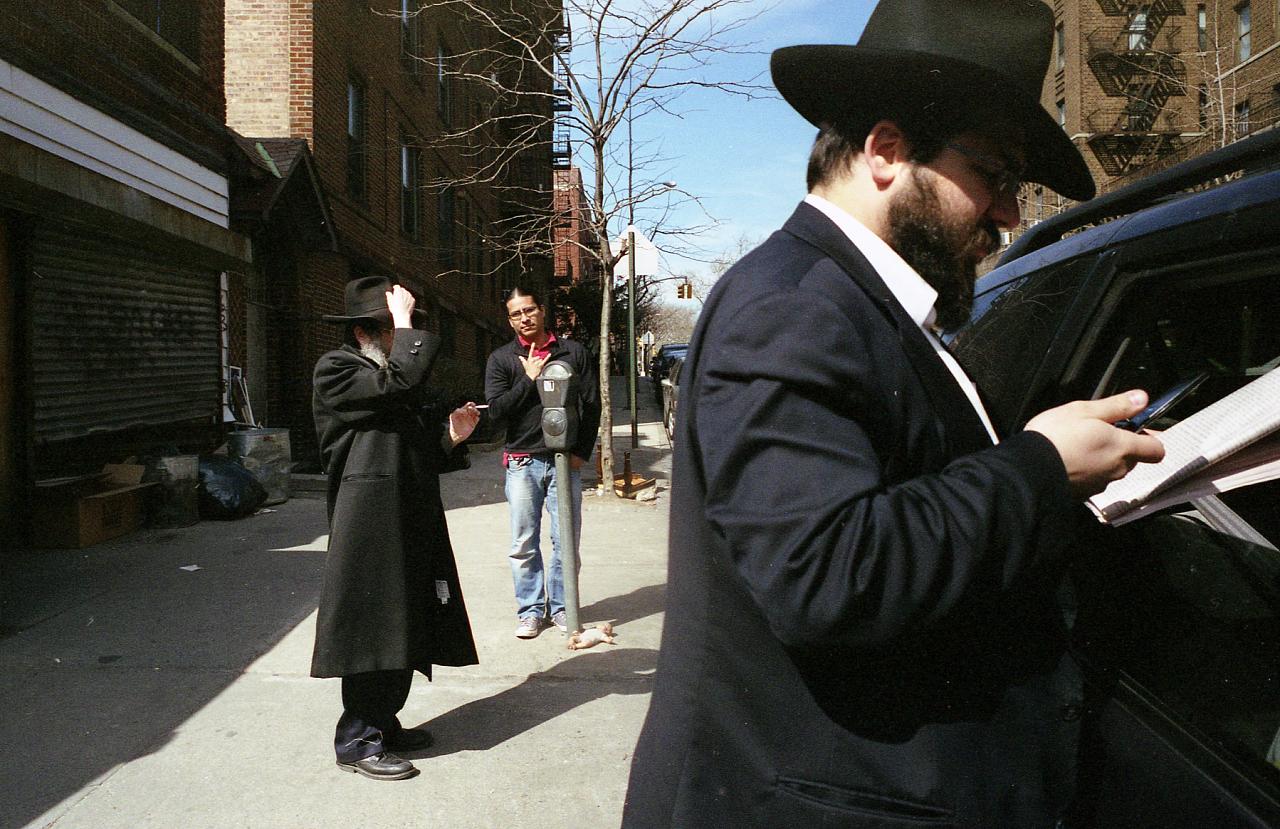
Who are your neighbors? They’re probably out on their stoop
“There is definitely a vibrant stoop culture in Crown Heights, which you can see just by walking around the neighborhood.” —Gary Kaufman
“Everyone is out and about now, much more than during the lockdown and people are out sitting on their stoops and enjoying parks and the open dining,” —Chasan
“I was the first white person in my building. Now I’m seeing more and more. The people who go to my church are from diverse socioeconomic backgrounds, and we all work together on the renewal of our community. I work with kids through the church and that makes me feel connected to the neighborhood. We play basketball together, and I get a lot of inside info on the neighborhoods from some of the teenagers at the church.” —Batteau
“I know all my neighbors and we socialize [and] have parties together.”—Eric Davis, rents
“If you want diversity, this is the neighborhood. I live next door to Hasidic Jews and there’s never been any super high level of tension. This is a beautiful neighborhood.”—Daniel Miller, rents
“The neighborhood is large and encompasses many different types of people. Now it’s mostly Jewish and African American families, but a more diverse mix is moving in each day…I live on a friendly block, and we get along well with our neighbors. We exchange gifts when new babies come and always say hello when we pass on the street.”—D., owns
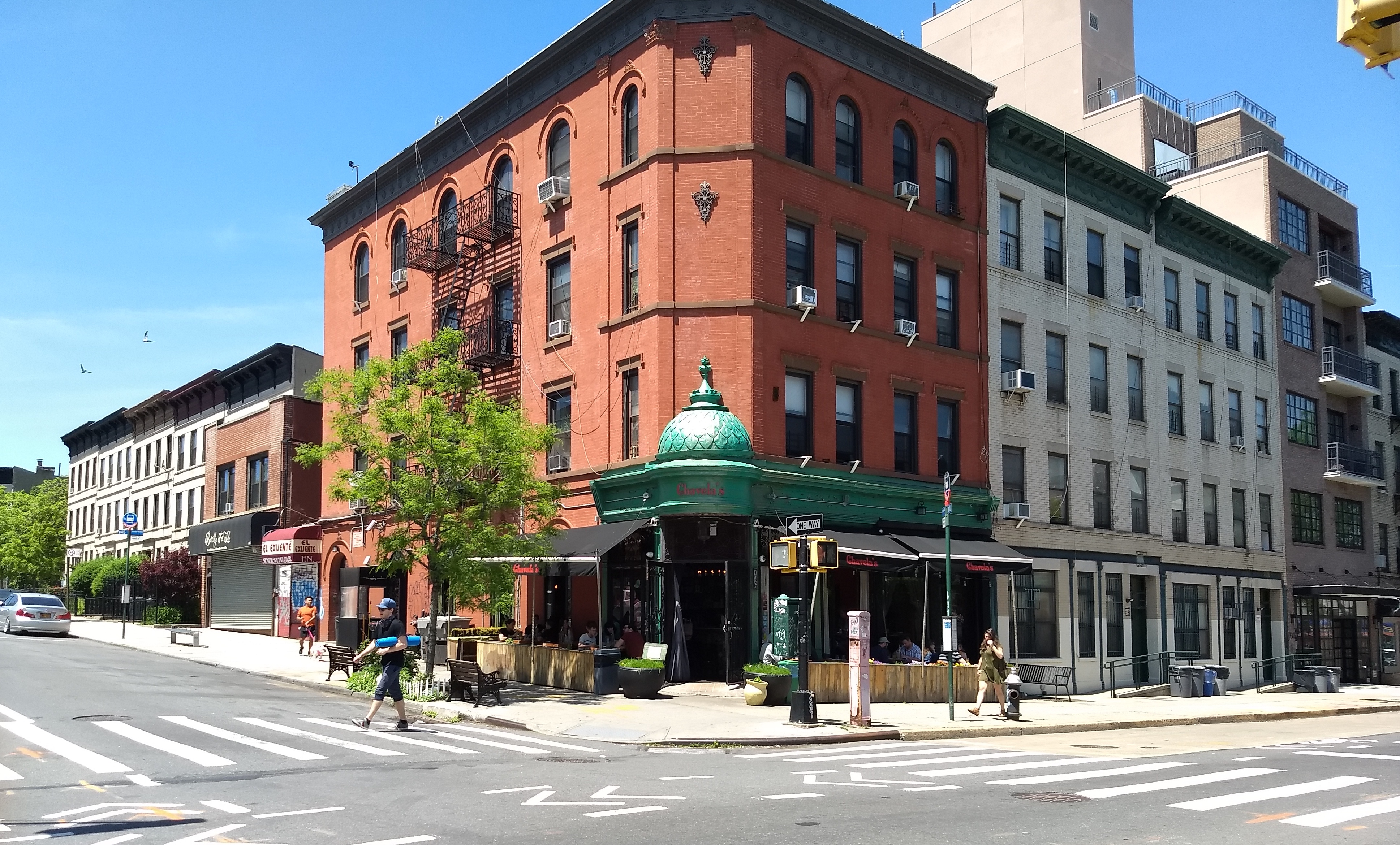
There's lots to eat
“Chavela’s has amazing Mexican food with outdoor seating. Barboncino is a yummy wood-oven pizza spot with a really nice backyard. For kosher food, I like Gombo’s Heimishe Bakery, and Izzy’s BBQ for award-winning brisket.” —Chasan
“For sushi, I like Pine Tree on Franklin. It’s a grocery store with awesome sushi—the best in the neighborhood—and it’s affordable. You can take out or eat in.” —Lajoie
"I used to love Colina Cuervo on Nostrand, but it got a really good review and now it’s just too crowded. I just found a source of some great coffee in a bike shop, but don’t tell anyone where it is. I don’t want that same thing to happen to it.” —Batteau
“We’ve had fresh foods in our markets from before it became fashionable. We were ahead of the curve. For West Indians, fresh food is the only thing.” —Miller
“I love the food here [at Jenny’s Coffee Shop on Kingston Avenue]. I just had the pancakes for breakfast and I like their chicken. I used to come here with my father when I was little and sit at the counter. The food is Dominican and really good.” —Davis
“We keep kosher and there are many options for kosher grocery stores in the neighborhood. I do most of my shopping at The Marketplace, the newest grocery in the neighborhood with the most options, best produce, and a full bakery, deli, and meat department. Pretty much one-stop shopping for anything I need. Chocolatte is a great coffee shop and it’s open 24 hours, so you can grab a treat late at night or before an early morning flight. Basil is a nice place with a fresh menu that changes constantly. You never know what to expect but you know it will be tasty, unique, and probably pricey. We have a couple of sushi places on Kingston Avenue. Sushi Spot (now offering curbside pickup) and Nori Bar are my two favorites.” —D.
“Franklin Park (closed during the pandemic but open now) has food, but for me the main attraction is the dancing on weekends. There’s a DJ and an outdoor space with picnic tables. No dancing outside, but lots of young locals like to hang out there.” —Radomski
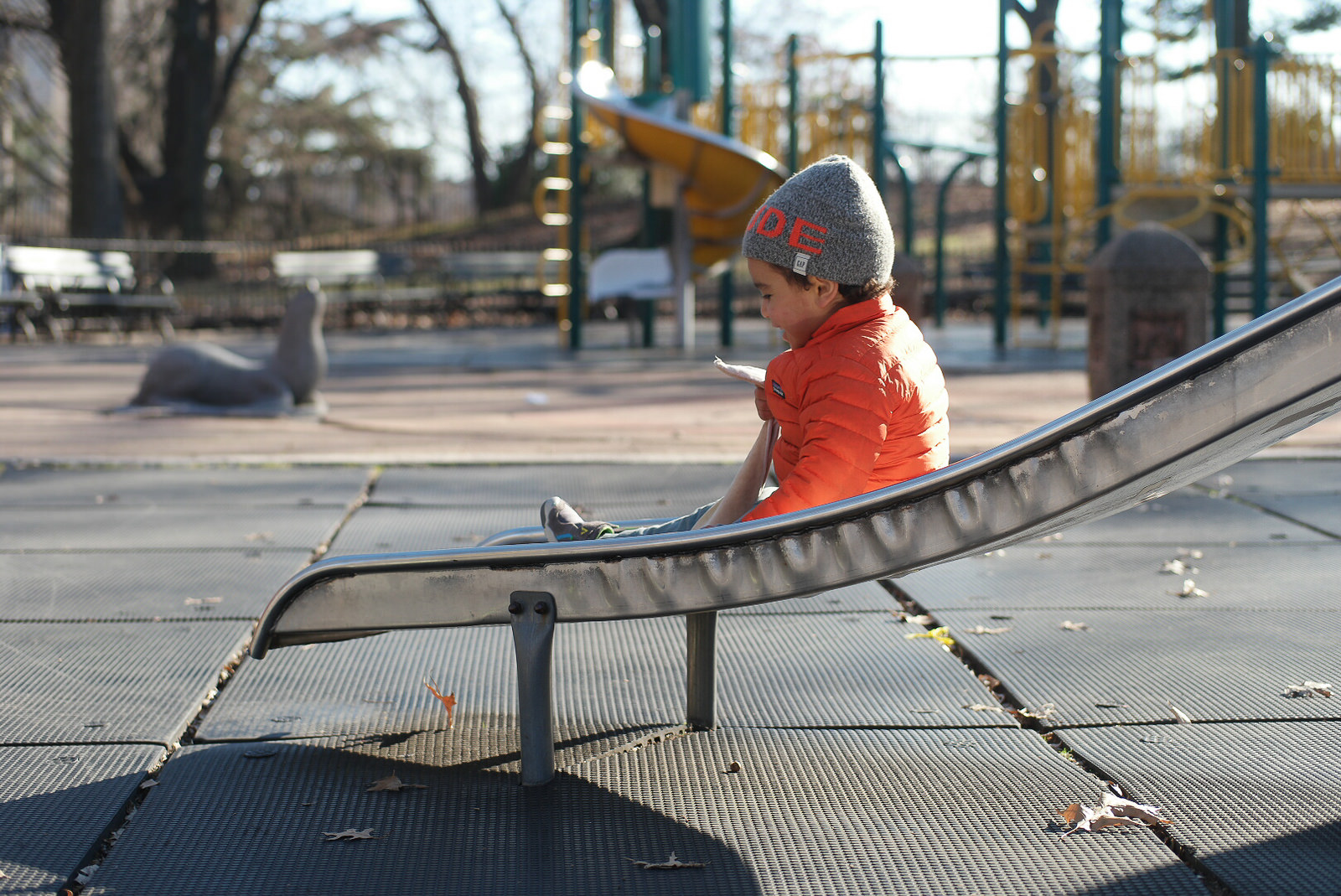
A good place to raise kids—or a dog
“Is this a good place to bring up kids? I hope so, because my family is growing and we bought a house here almost four years ago…There’s a large park at the end of my block, Lincoln Terrace Park. It has green spaces, paths through the trees, handball courts, tennis courts, baseball fields, basketball courts, and a large playground area..” —D.
“We are almost a mile from a good playground, but de Blasio is putting $3 million into Stroud Playground five minutes from us, which will be great. Overall, great green spaces are not a selling point of the neighborhood. We are happy at our schools and our neighbors are happy at their public schools." —Anonymous
“There are plenty of parks and playgrounds. We go to Brower Park, right by the Children’s Museum, but there are plenty of others.” —Chasan
“This is a very dog-friendly neighborhood. I don’t like the dog parks, though. The untrained dogs make them unsafe. I walk my dog on the street.” —Miller
Gentrification is part of the equation
“I live toward Utica Avenue and gentrification hasn't hit that area yet, and I feel conflicted about that. I love good coffee but pushing people out in order to get it is not what I want. I come from the Netherlands, and I am not used to seeing suffering in the street. Perhaps back there the government takes better care of the mentally ill and homeless. Crown Heights is a weird, dual world.” —Batteau
“It’s pricey here. I came from upstate where it cost $250 to rent a house! But it’s well worth it, I think.” —Lajoie
“Some of the issues that matter to us are loss of parking spaces to bike lanes, traffic congestion due to bus and bike lanes, rats, an unfair share of placement of social programs in Crown Heights North. People are not opposed to helping those in need, but there are communities that don’t have any or a lot less [social service facilities] than ours does.”—Y.D., owns
“This is a rapidly gentrifying neighborhood and I am not sure what effect the pandemic has had on that. I think those moving in are happy to be able to get space and enjoy the new businesses that are moving in, but those who are being pushed out with higher rents surely have a different point of view.” —Kaufman
The neighborhood is safer than it once was
“In the '70s and '80s the neighborhood was bad. Now it’s safer and quieter.” —Davis
“There was a shooting on my block, but weirdly enough it doesn’t make me feel unsafe.” —Batteau
"I feel safe walking around all times of the day or night.” —Radomski
“Bad things happen, but not often. Street justice is the rule.” —Miller
Some words of advice
“The Crown Heights North community is landmarked. We are committed to historic preservation. We ask anyone wanting to move into the community to respect what many of us have worked hard to achieve and strive to maintain.” —Y.D.
“Don’t get a job above 42nd Street [in Manhattan]. The commute’s too hard.” —Radomski
“If you’re looking to buy, you’ll have to look on the outskirts of the community, because demand is high and supply is low. There are rentals, but the prices are competitive and although cheaper than nearby Park Slope and Williamsburg, they’re certainly not cheap.” —D.
You Might Also Like






